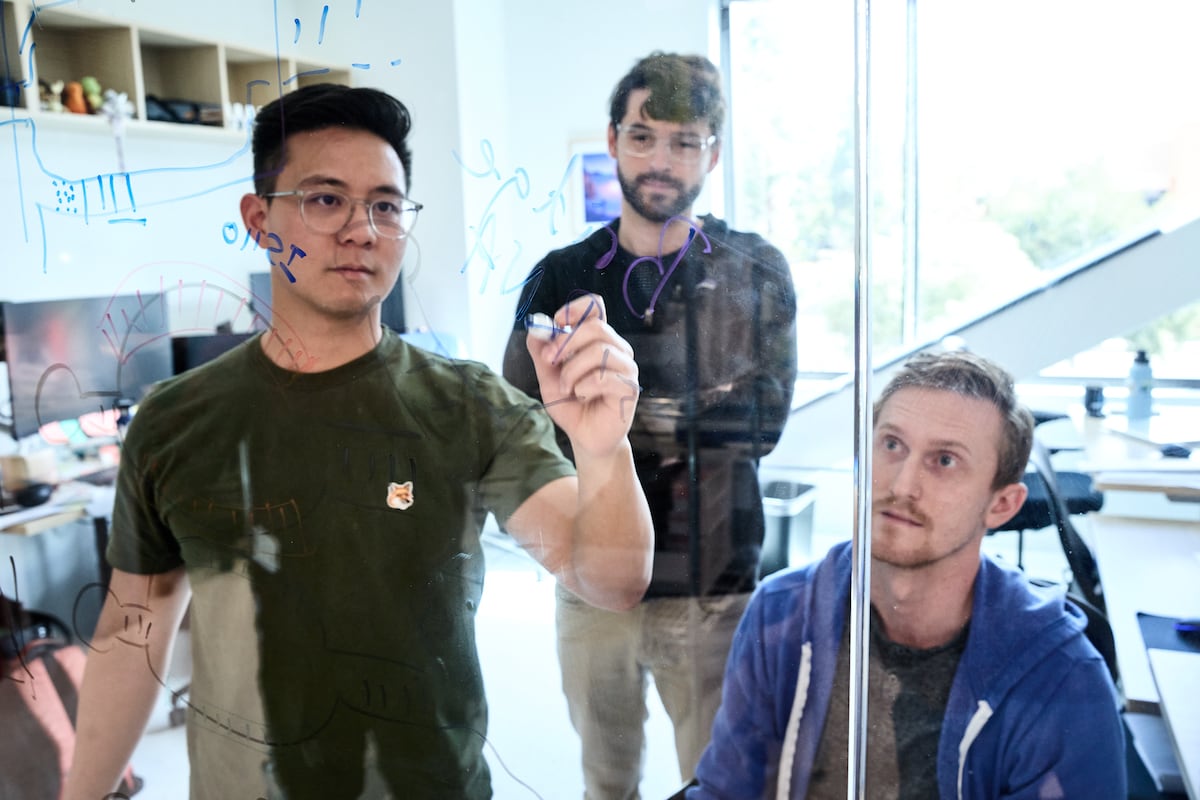A new technique opens the door to large-scale editing of DNA to treat diseases | Health and Wellness

Gene editing allows a person’s genome to be rewritten to correct errors that cause diseases. This is what has been achieved with sickle cell anemia, a disease caused by a mutation that causes red blood cells to be sickle-shaped instead of the usual round ones. This deformity prevents them from circulating well through the blood vessels, causing severe pain and premature death. In December 2023, the United States approved the first treatment for this inherited disease made with the CRISPR editing system. These molecular scissors make it possible to replace the defective gene that produces hemoglobin, the protein that transports oxygen in the blood, with a correctly functioning gene.
This technique already has applications ranging from inherited genetic diseases to cancer immunotherapy, but it presents some precise problems, such as cutting out unwanted sequences, similar to the target to be eliminated, or releasing cut pieces of DNA that generate a harmful immune response to the patient or genomic instability. This Wednesday, the journal Nature Publishes two articles describing a new genetic editing mechanism that is potentially more precise and has the ability to introduce long DNA sequences into specific locations in the genome.
The researchers have exploited the ability of what are known as jumping genes (or transposable genetic elements), mobile elements that can move to different parts of the genome of a cell or even other microorganisms and play essential roles in the evolution and adaptation of living beings. For their jump through the genome, these elements use enzymes, recombinases, which form an RNA bridge between the DNA of origin and the DNA of the place where it is to be inserted.
According to the authors, from several academic institutions and universities, including Berkeley and Stanford (USA) and Tokyo (Japan), these bridges are reprogrammable and work to select the specific location that contains the desired DNA fragment. This versatility would allow, for example, carrying a functional copy of a gene to replace a defective gene that is causing a disease, such as in the case of sickle cell anemia. In one work, the authors were able to move a gene to a region of the bacterial genome Escherichia coli With an accuracy of 94% and an insertion efficiency of 60%.
Using this mechanism, a team led by Patrick Hsu from the Ark Institute in Palo Alto (USA) demonstrated that recombinase can be programmed to reverse, cut or insert personalised DNA sequences into specific regions of the genome. e colithe model chosen to test the technique. Additionally, the researchers identified other RNA bridges in other transposable elements, showing that there are many enzymes that would be useful as gene editing tools.
Hsu explains that RNA bridges “provide the unique ability to simultaneously recognize and manipulate two DNA sequences to perform insertion, excision, or inversion in a single step, opening up new possibilities that are not easily achieved with current CRISPR systems.” The researcher from the University of California at Berkeley further added, “CRISPR requires cellular DNA repair after making a cut, whereas “bridge editing” can perform DNA recombination without the need for cellular DNA repair mechanisms.” “This could potentially lead to safer gene editing results, as CRISPR cuts can cause large deletions or unwanted translocations at the cut site,” he concluded.
Lluís Montoliu, a researcher at CSIC’s National Center for Biotechnology who has not participated in the study, agrees on the utility that the new technology may have to go beyond CRISPR to modify large areas of the genome in a safe way, something that greatly increases therapeutic potential. “HSU’s laboratory describes a new DNA genetic modification system that makes it possible to overcome the shortcomings of CRISPR-Cas systems, which are very useful to inactivate genes by mutation or to replace or insert/delete certain nucleotides (letters) in the genome but clearly ineffective, at the clinical level, to support the insertion, deletion or inversion of large DNA sequences, which are usually present as chromosomal alterations in many diseases of genetic origin,” he indicates.
As limitations, Montoliu points out that the system is still “linked to modifications in other similar places in the genome and with a variable efficiency, between 5% and 99%, with a very wide range of response”, although he believes that “there will certainly be improvements with future optimization of the system.” Also remember that “the experiments have only been reported on bacteria and we do not know if it will work in mammalian cells.”
You can follow EL PAÍS Health & Wellbeing In Facebook, X And Instagram,
(TagsToTranslate)health
